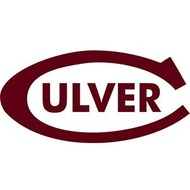
(View Complete Item Description)
This interactive Flash animation allows students to explore size estimation in one, two and three dimensions. Multiple levels of difficulty allow for progressive skill improvement. In the simplest level, users estimate the number of small line segments that can fit into a larger line segment. Intermediate and advanced levels offer feature games that explore area of rectangles and circles, and volume of spheres and cubes. Related lesson plans and student guides are available for middle school and high school classroom instruction. Editor's Note: When the linear dimensions of an object change by some factor, its area and volume change disproportionately: area in proportion to the square of the factor and volume in proportion to its cube. This concept is the subject of entrenched misconception among many adults. This game-like simulation allows kids to use spatial reasoning, rather than formulas, to construct geometric sense of area and volume. This is part of a larger collection developed by the Physics Education Technology project (PhET).
Material Type:
Activity/Lab,
Interactive
Authors:
Michael Dubson,
Mindy Gratny


















